
Author's Note
Variety is the spice of life in this vibrant world. Fascinated by this sheer assortment, we seek to acquire all that we think will give us happiness. However, even after attaining our goals, we discover to our dismay that we remain unfulfilled. Instead of exploring other possible routes to happiness, we relentlessly continue this pursuit to the extent of getting worn out by life, but still in search of that elusive entity called happiness. This play of emotions is true of most of mankind save a select few. They are the yogis who have discarded the peripherals of the world to access the very source of peace, the ultimate state of fulfilment. Anchored in that source, they live life to their heart's content, never feeling the pangs of unfulfillment in its many degrees and manifestations.
The 'Tale of Two Realities' is an attempt to portray this odyssey of mankind. This work is a montage that selects sutras from the Yogasutra and stories from the Ramayana to present a vivid portrayal of people who coasted through life, of those who rolled and tumbled through it, as also of those who fell in between the two.
I am immensely grateful for the journey that I have had in life, one that drove me to explore Patanjali's Yogasutra and Valmiki's Ramayana. My explorations have gifted me subtle but powerful lessons, lessons that I share with joy, for, as we know that happiness shared is happiness doubled. I thank the redoubtable Yogacharya Sri. S. Sridharan of the Krishnamacharya Yoga Mandiram and Mahamahopadhyaya R. Krishnamurthy Sastri, for exposing me in their respective capacities, to the beauties of both texts.
PROLOGUE
This story is from the {{IssueName}} edition of {{MagazineName}}.
Start your 7-day Magzter GOLD free trial to access thousands of curated premium stories, and 9,000+ magazines and newspapers.
Already a subscriber ? Sign In
This story is from the {{IssueName}} edition of {{MagazineName}}.
Start your 7-day Magzter GOLD free trial to access thousands of curated premium stories, and 9,000+ magazines and newspapers.
Already a subscriber? Sign In

Panchakroshi Parikrama of Varanasi
At the snow-capped Kailas, the Divine Lord Shiva was seated with Mother Parvati.
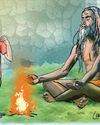
Gadai and the Monks
A fictional narrative based on incidents from the childhood of Sri Ramakrishna.

Chintayo momo maanosho Hori...
Sri Ramakrishna loved songs. There probably was no normal day when he did not sing some songs.
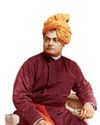
The Vedanta Vaccine
The world is still struggling under the impact of the pandemic due to Covid-19 for the last three years.

Chandrakirti's Chariot: Self in Madhyamaka Buddhism and Advaita Vedanta
The goal in Advaita Vedanta is the cessation of suffering and the attainment of true fulfillment. Suffering, according to this school, is due to ignorance of the true nature of the self and consequent erroneous identification with the body-mind.
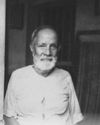
Reminiscences of Sargachhi
Question: यद्यदाचरतत श्रेष्ठसतत्तदरेवरेतरो जनिः। ‘Whatever a superior person does, others do the same thing!’ (Gita 3:21) – What does this statement mean?
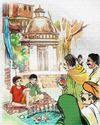
THE AUTUMN FESTIVAL
A fictional narrative based on incidents from the childhood of Sri Ramakrishna.

Bards of Guruvayur: Vilwamangalam II
Saints of India
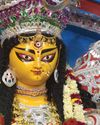
In the Universal Mother’s Divine Playground
Swami Vivekananda never taught the worship of Mother Kali. In a letter to Mary Hale he writes, “Kali worship is not a necessary step in any religion.
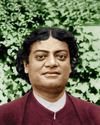
Swami Vivekananda: A Sportsman Par Excellence
In various books and articles, Swami Vivekananda has been called a spiritual leader, a prophet, a patriot, a social reformer, a philosopher, a yogi, a writer, an orator, an educationist, a musician, and so on.